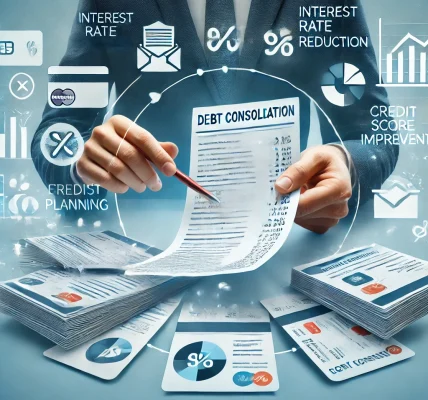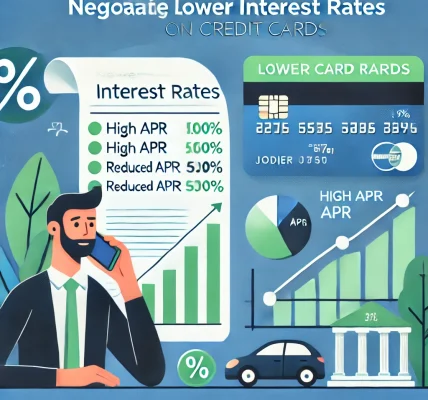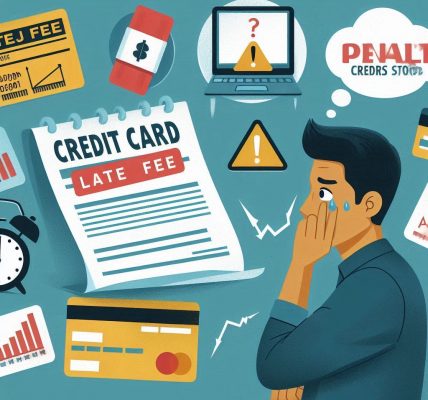Credit card debt can feel overwhelming, but paying it off doesn’t have to drain your budget or leave you financially stressed. With the right strategies, you can reduce your debt while maintaining financial stability. This DIY guide provides smart, budget-friendly ways to pay off credit card debt without sacrificing your financial well-being.
Why It’s Important to Pay Off Credit Card Debt
High-interest credit card debt can:
- Increase financial stress
- Lower your credit score
- Limit your ability to secure loans with favorable terms
- Cost you thousands in interest over time
By paying off credit card debt strategically, you free up money for savings, investments, and other financial goals.
Smart Strategies to Pay Off Credit Card Debt Without Hurting Your Budget
1. Create a Realistic Budget
Start by analyzing your income and expenses to determine how much you can allocate toward paying off debt without straining your finances.
🔹 Steps to create a budget:
- List all your income sources
- Track monthly expenses (fixed and variable)
- Identify areas where you can cut unnecessary spending
- Allocate a portion of your savings to debt repayment
💡 Tip: Use budgeting tools like Mint, YNAB, or a simple spreadsheet to manage your finances effectively.
2. Prioritize Debt Using the Snowball or Avalanche Method
Choosing the right repayment strategy can help you pay off debt efficiently.
Debt Snowball Method (Best for Motivation)
- Pay off the smallest debt first while making minimum payments on larger debts.
- Once the smallest debt is paid, roll that payment into the next smallest debt.
- This creates momentum and keeps you motivated.
Debt Avalanche Method (Best for Saving on Interest)
- Focus on paying off the debt with the highest interest rate first.
- Make minimum payments on other debts while directing extra funds to the highest-interest debt.
- Saves money in the long run by reducing interest charges.
💡 Tip: Choose the method that best fits your financial mindset and goals.
3. Negotiate a Lower Interest Rate
Lowering your interest rate can significantly reduce the total amount you owe.
🔹 Steps to negotiate with your credit card issuer:
- Call customer service and ask for a lower APR (Annual Percentage Rate)
- Mention your good payment history and loyalty as a customer
- If they refuse, consider transferring your balance to a lower-interest credit card
💡 Tip: Some issuers offer 0% APR balance transfer promotions—take advantage of these to pay down debt interest-free.
4. Use Balance Transfer Cards Wisely
A balance transfer credit card allows you to move high-interest debt to a card with a 0% APR for a limited period (usually 12-18 months).
✅ Pros:
- Pay off debt faster without accumulating interest
- Consolidate multiple credit card balances into one
❌ Cons:
- May require good credit to qualify
- Balance transfer fees (typically 3-5% of the transferred amount)
💡 Tip: Pay off the balance before the 0% APR period ends to avoid high interest rates later.
5. Increase Your Income with Side Hustles
Earning extra money can help you pay off debt faster without disrupting your budget.
🔹 Side hustle ideas:
- Freelancing (writing, graphic design, consulting)
- Selling unused items online
- Tutoring or teaching a skill
- Rideshare driving (Uber, Lyft)
💡 Tip: Allocate 100% of your extra income toward debt repayment for faster results.
6. Cut Unnecessary Expenses
Small lifestyle changes can free up extra cash for paying off debt.
🔹 Ways to reduce expenses:
- Cook at home instead of dining out
- Cancel unused subscriptions
- Shop for groceries with a list to avoid impulse buys
- Use public transport instead of ride-sharing services
💡 Tip: Redirect savings from cut expenses directly into paying down credit card balances.
7. Use Windfalls Wisely
Unexpected money, such as tax refunds, bonuses, or gifts, can be a great way to pay down debt.
✅ Smart ways to use windfalls:
- Make an extra payment toward your highest-interest debt
- Pay off a small balance in full
- Split it between debt repayment and savings for future emergencies
💡 Tip: Treating windfalls as extra debt payments can help you become debt-free faster.
8. Consider a Debt Consolidation Loan
A debt consolidation loan allows you to combine multiple debts into one with a lower interest rate.
✅ Pros:
- Simplifies payments
- Lowers interest rates
- Fixed repayment schedule
❌ Cons:
- Requires good credit for favorable rates
- Can extend repayment term, leading to more interest over time
💡 Tip: Only take a consolidation loan if it saves money on interest and does not extend repayment too long.
9. Avoid Accumulating New Debt
To stay on track, avoid using credit cards while paying off existing balances.
🔹 Strategies to avoid new debt:
- Use cash or debit cards for purchases
- Create an emergency fund to cover unexpected expenses
- Set financial goals to stay motivated
💡 Tip: Keep one credit card for emergencies but avoid adding new charges.
Final Thoughts: Take Control of Your Debt Without Breaking Your Budget
Paying off credit card debt doesn’t have to mean sacrificing your financial stability. By creating a budget, using smart repayment strategies, and making small lifestyle adjustments, you can become debt-free while still maintaining a comfortable lifestyle.
✅ Key Takeaways:
- Choose the best repayment method (Snowball or Avalanche)
- Negotiate lower interest rates or use a balance transfer card
- Increase your income with side hustles and cut unnecessary expenses
- Use windfalls and lump sums wisely
- Avoid accumulating new debt while paying off existing balances




